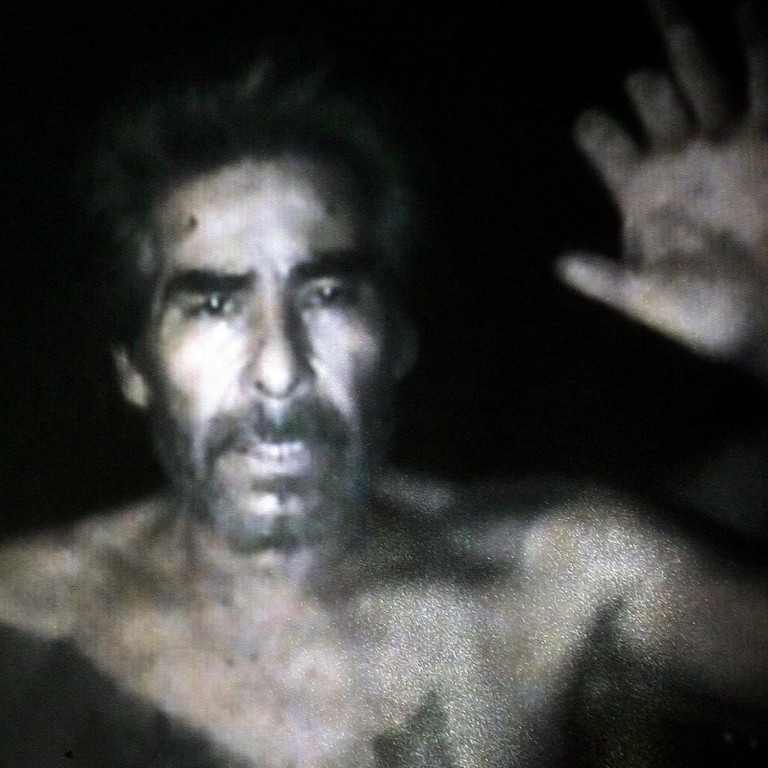
Anger as no blame allotted for Chilean mine collapse
Miners angry at inquiry finding, which comes despite a Chilean congressional commission's ruling the owners were responsible for cave-in
The inquiry into the Chilean mine collapse that trapped 33 men for more than two months in 2010 has ended with no charges filed, a result that drew angry responses from the rescued miners.
The cave-in at the San Jose mine brought the mine's safety record into focus and put mining, Chile's top industry, under close scrutiny.
The decision by a prosecutor in the northern region of Atacama to bring no charges against mine owners Alejandro Bohn and Marcelo Kemmeny, or the Chilean Mining Ministry's regulatory unit, was announced after a three-year investigation.
"This is a disgrace to Chile's justice system," Mario Sepulveda, who became the public face of the miners, said on Thursday.
It's impossible that in an accident of this magnitude no one is held responsible. Today, I want to dig a deep hole and bury myself again; only this time, I don't want anybody to find me
"It's impossible that in an accident of this magnitude no one is held responsible," Sepulveda said. "Today, I want to dig a deep hole and bury myself again; only this time, I don't want anybody to find me."
The miners said it felt like an earthquake when the shaft caved in above them on August 5, 2010, filling the lower parts of the copper and gold mine with dust. Hours passed before they could even begin to see a few steps in front of them. Tonnes of rock shifted constantly above, threatening to bury them forever.
People on the surface didn't know for more than two weeks that the men had survived, and the 33 miners stretched a meagre 48-hour store of emergency food for 17 days, eating tiny bits of tuna and sips of expired milk. A narrow shaft was finally drilled into their haven and the world learned they were alive.
That shaft allowed food and water to reach the men while rescuers drilled a bigger escape hole. Finally, in an operation that ended in the early hours of October 13, the miners were hauled up one by one in a cage through 600 metres of rock.
Renato Prenafeta, a lawyer for 31 of the 33 miners, said his legal team would review the background that led to the prosecutor's decision and present its own arguments. Prenafeta has also filed a civil suit asking for compensation for the harm and damage suffered by the miners over the past three years.
"Most of the people I represent are still suffering from serious psychological consequences," Prenafeta said. "Many can't even work. It's a very dramatic situation."
The miners received a hero's welcome after their globally televised rescue. They received paid trips to the Greek islands, visited the Real Madrid stadium in Spain and paraded at Magic Kingdom in Disney World.
But their fantasy began to crumble on their return home.
Many ran out of money and had to scratch out a living in the dusty working class neighbourhoods of the desert city of Copiapo. Some began suffering from health and psychological problems. Others took to alcohol and drugs.
"I'm upset by this decision," said Omar Reygadas, one of the rescued miners who is now unemployed.
"Most mine owners are afraid to hire us because they think that if there's ever a problem everyone will immediately find out about it since we get a lot of press. We're well known."
President Sebastian Pinera supervised the 22-hour rescue of the miners and their survival story sent his popularity ratings soaring. Minutes after all the miners were safe on the surface, he vowed that those responsible would be held accountable.
A Chilean congressional commission in 2011 found the owners of the 125-year-old mine responsible for the cave-in.
